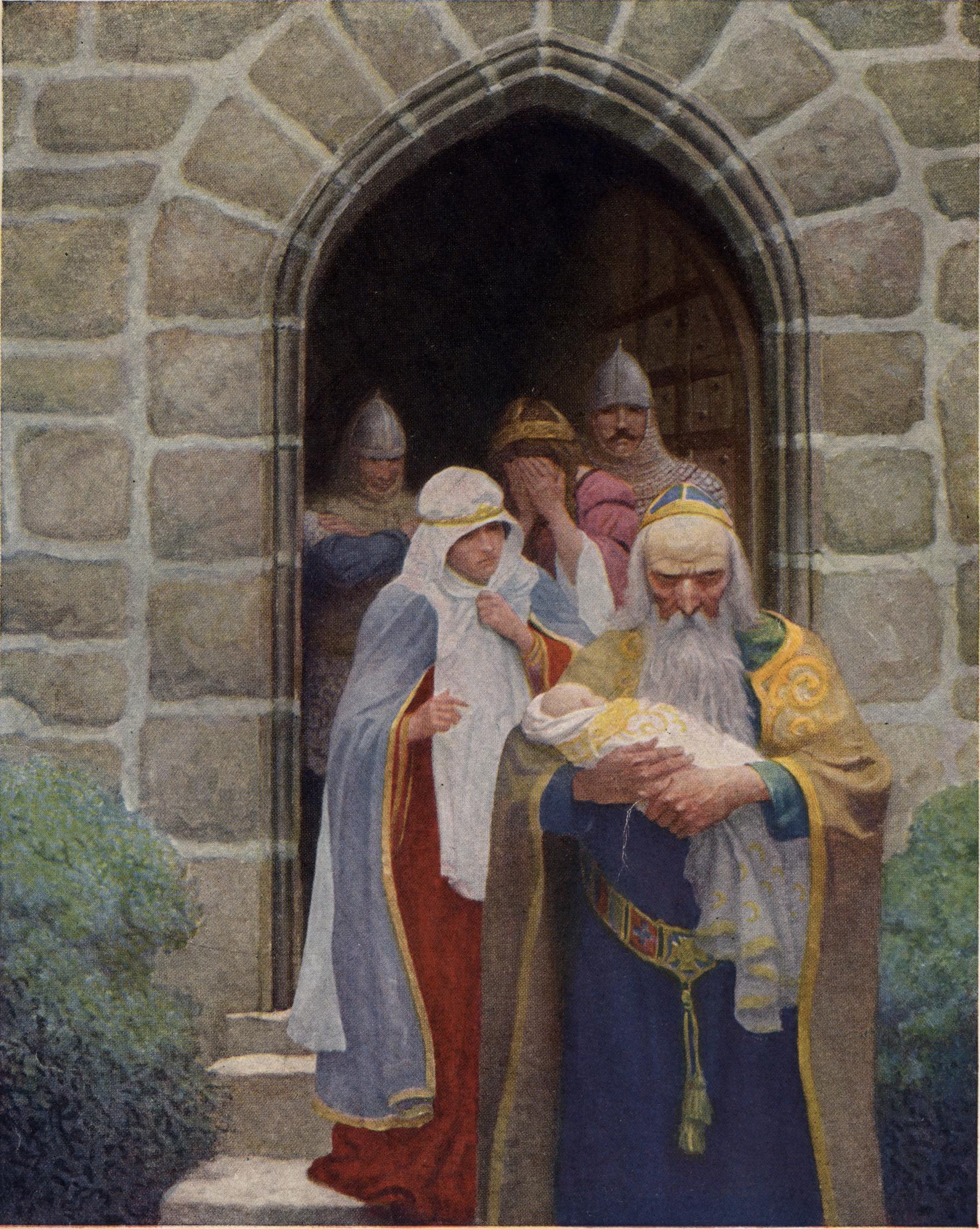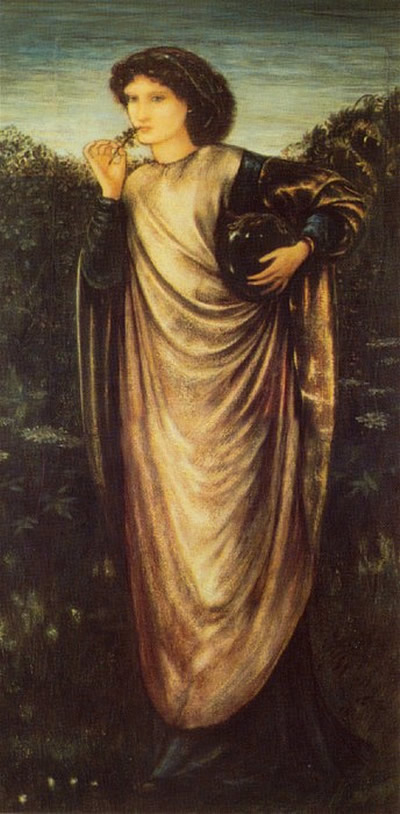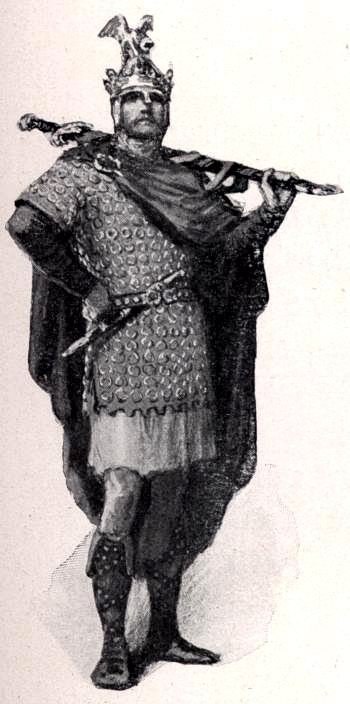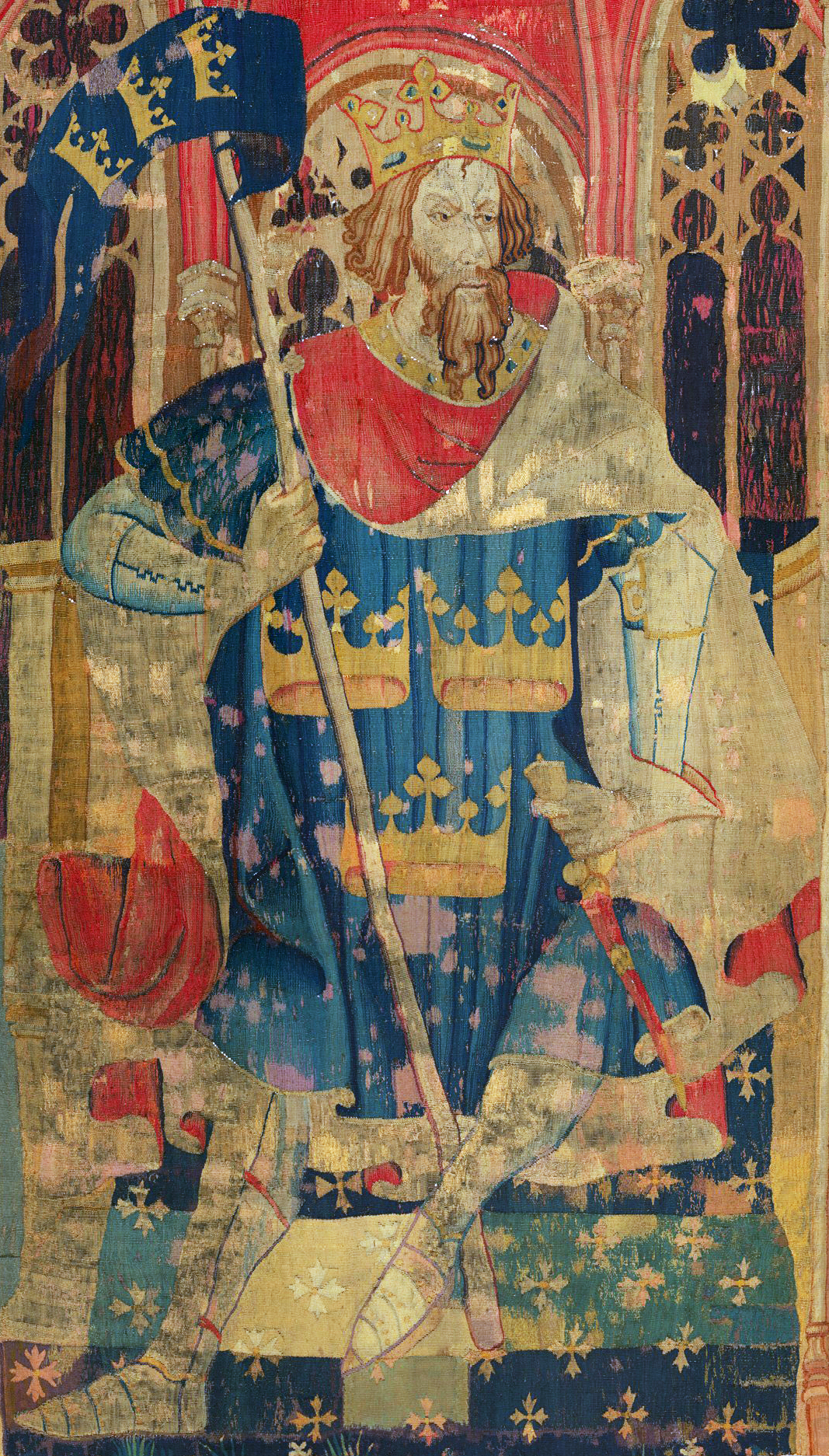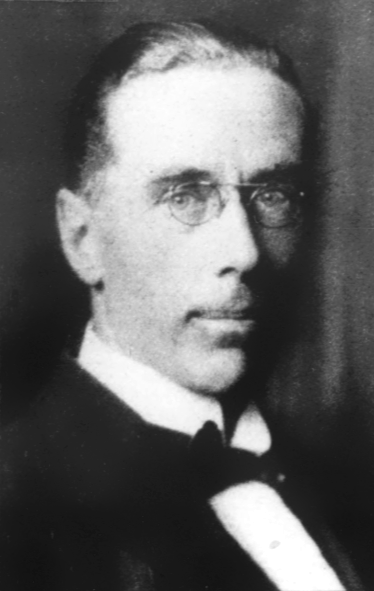|
Igraine
In the Matter of Britain, Igraine () is the mother of King Arthur. Igraine is also known in Latin as Igerna, in Welsh as Eigr (Middle Welsh Eigyr), in French as Ygraine (Old French Ygerne or Igerne), in ''Le Morte d'Arthur'' as Ygrayne—often modernised as Igraine or Igreine—and in ''Parzival'' as Arnive. She becomes the wife of Uther Pendragon, after the death of her first husband, Gorlois. Legend In Geoffrey of Monmouth's ''Historia Regum Britanniae'', Igerna enters the story as the wife of Gorlois, Duke of Cornwall. In Thomas Malory's ''Le Morte d'Arthur'', her daughters by Gorlois are Elaine, Morgause and Morgan le Fay. In other works, the names, roles and even number of Arthur's half-sisters vary depending on the text (including none in the ''Historia'', in which Arthur has only a younger sister). In the '' Brut Tysilio'', Cador of Cornwall is their son. John Hardyng's ''Chronicle'' calls Cador Arthur's brother "of his mother's syde". Geoffrey describes her as ... [...More Info...] [...Related Items...] OR: [Wikipedia] [Google] [Baidu] |
Gorlois
In Matter of Britain, Arthurian legend, Gorlois () of Tintagel was the List of legendary rulers of Cornwall, Duke of Cornwall. He was the first husband of King Arthur's mother Igraine and the father of her daughters, King Arthur's family, Arthur's half-sisters. Her second husband was Uther Pendragon, the High King of Britain and Arthur's father, who marries her after killing him. Names The name Gorlois first appears in Geoffrey of Monmouth's ''Historia Regum Britanniae'' (). ''Culhwch and Olwen'' calls him Rica. The Prose Merlin, Prose ''Merlin'' and ''Of Arthour and of Merlin'' call him Duke Hoel (Höel) of Tintagel, the latter text describing him as Igraine's second husband but also prior to her marriage with Uther. In ''Perlesvaus'', he appears as King Goloé (Golaas). William Worcester's ''Itineraries'' call him Tador. Legend According to ''Historia Regum Britanniae'', Gorlois was vassal of Ambrosius Aurelianus, whose arrival at the Battle of Conisbrough, Kaerconan ensured ... [...More Info...] [...Related Items...] OR: [Wikipedia] [Google] [Baidu] |
Uther Pendragon
Uther Pendragon ( ; the Brittonic languages, Brittonic name; , or ), also known as King Uther (or Uter), was a List of legendary kings of Britain, legendary King of the Britons and father of King Arthur. A few minor references to Uther appear in Old Welsh language, Old Welsh Medieval Welsh literature, poems, but his biography was first written down in the 12th century by Geoffrey of Monmouth in his ''Historia Regum Britanniae'' (''History of the Kings of Britain''), and Geoffrey's account of the character was used in most later versions. He is a fairly ambiguous individual throughout the literature, but is described as a strong king and a defender of his people. According to Matter of Britain, Arthurian legend, Merlin magically Shapeshifting, disguises Uther to look like his enemy Gorlois, enabling Uther to sleep with Gorlois' wife Lady Igraine. Thus Arthur, "the once and future king", is an illegitimate child (though later legend, as found in Thomas Malory, Malory, emphasis ... [...More Info...] [...Related Items...] OR: [Wikipedia] [Google] [Baidu] |
Morgan Le Fay
Morgan le Fay (; Welsh language, Welsh and Cornish language, Cornish: Morgen; with ''le Fay'' being garbled French language, French ''la Fée'', thus meaning 'Morgan the Fairy'), alternatively known as Morgan[n]a, Morgain[a/e], Morgant[e], Morg[a]ne, Morgayn[e], Morgein[e], and Morgue[in] among other names and spellings, is a powerful and ambiguous Magician (fantasy), enchantress from the legend of King Arthur, in which most often she and he are siblings. Early appearances of Morgan in Arthurian literature do not elaborate her character beyond her role as a goddess, a fairy , fay, a Witchcraft , witch, or a sorceress, generally benevolent and connected to Arthur as his magical saviour and protector. Her prominence increased as the legend of Arthur developed over time, as did her moral ambivalence, and in some texts there is an evolutionary transformation of her to an antagonist, particularly as portrayed in cyclical prose such as the ''Lancelot-Grail'' and the Post-Vulgate Cyc ... [...More Info...] [...Related Items...] OR: [Wikipedia] [Google] [Baidu] |
King Arthur's Family
King Arthur's family grew throughout the centuries with King Arthur's legend. The earliest Welsh Arthurian tradition portrays Arthur as having an extensive family network, including his parents Uther Pendragon and Eigyr (Igraine), his wife Gwenhwyfar (Guinevere), his nephew Gwalchmei (Gawain), a Madoc ap Uthyr, brother, and #Offspring, several sons. His maternal lineage is also detailed, linking him to relatives such as his grandfather, the legendary king Amlawdd Wledig. This complex familial structure was both simplified and expanded in shared traditions of British, French, and other medieval European chronicles and romances, which introduced new characters: Arthur's half-sisters, including Morgan le Fay, Morgan, their children, including Mordred, and others. Arthur's lineage was later claimed by various rulers, in particular the House of Tudor and Scottish clans, reflecting the enduring legacy of his familial ties in medieval and early modern genealogies. Medieval Welsh tradit ... [...More Info...] [...Related Items...] OR: [Wikipedia] [Google] [Baidu] |
Tintagel Castle
Tintagel Castle () is a England in the Middle Ages, medieval fortification located on the peninsula of Tintagel Island adjacent to the village of Tintagel (Trevena), North Cornwall in the United Kingdom. The site was possibly occupied in the Roman Britain, Romano-British period, as an array of artefacts dating from this period have been found on the peninsula, but as yet no Roman-era structure has been proven to have existed there. It was settled during the Early Middle Ages, early medieval period, when it was probably one of the seasonal residences of the regional king of Dumnonia. A castle was built on the site by Richard, 1st Earl of Cornwall in the 13th century, during the High Middle Ages. It later fell into disrepair and ruin. Archaeological investigation into the site began in the 19th century as it became a tourist attraction, with visitors coming to see the ruins of Richard's castle. In the 1930s, excavations revealed significant traces of a much earlier high status set ... [...More Info...] [...Related Items...] OR: [Wikipedia] [Google] [Baidu] |
Cador
Cador () is a legendary Duke of Cornwall, known chiefly through Geoffrey of Monmouth's pseudohistorical ''Historia Regum Britanniae'' and previous manuscript sources such as the ''Life of Carantoc''. In Welsh genealogical records, he appears as Cado (), the son of Cornish king Geraint. Early sources present him as a relative of King Arthur, though the details of their kinship are usually left unspecified. Historicity Many stories involving Arthurian figures were told orally, leading to many interpretations and versions of the people, events, and characters. Scholars question the historical accuracy of these tales and most have been discredited, so the people associated with him could conceivably have been added by later storytellers. One such figure was Arthur's close associate Cador, successor to Geraint ab Erbin, described by genealogist Peter Bartrum as "perhaps the invention of Geoffrey of Monmouth." According to legendary accounts, Cador the Duke of Cornwall was su ... [...More Info...] [...Related Items...] OR: [Wikipedia] [Google] [Baidu] |
List Of Legendary Rulers Of Cornwall
"Duke of Cornwall" appears as a title in pseudo-historical authors such as Geoffrey of Monmouth. The list is patchy and not every succession was unbroken. Indeed, Geoffrey repeatedly introduces Dukes of Cornwall only to promote them to the Kingship of the Britons and thus put an end to their line as (merely) dukes. As adjuncts or supporting roles to the kings of the Britons, the legendary dukes of Cornwall are considered part of the vast Matter of Britain, and can also be found in other stories, such as '' Culhwch and Olwen'', the Prose ''Tristan'', '' Havelok the Dane'', and '' Gesta Herewardi''. Antiquaries such as Richard Carew ('' Survey of Cornwall'', 1602) and John Williams (the '' Book of Baglan'', 1600–1607) also provide lists of legendary rulers of Cornwall, often combining the above with other sources. As a result, these lists are more often thought of as a conglomeration of various Celtic rulers, Celtic warlords, and mythical heroes. If the lists of kings of Brit ... [...More Info...] [...Related Items...] OR: [Wikipedia] [Google] [Baidu] |
Morgause
Morgause ( ) is a popular variant of the figure of the Queen of Orkney, an Arthurian legend character also known by various other names and appearing in different forms of her archetype. She is the mother of Gawain and often also of Mordred, both key players in the story of her brother King Arthur and his downfall. In the early chronicles and romances based on or inspired by Geoffrey of Monmouth, as well as in the Welsh tradition, her figure and role are commonly that of Gawain's mother, and she is either a full or half sister to Arthur. In most cases, she is the wife or widow of King Lot, ruling over either Orkney or Lothian. However, her name varies widely between texts, as does the issue of her children other than Gawain, and Mordred's own parentage is often only presumed rather than stated. In a later popular tradition, Mordred becomes the offspring of Arthur's own accidental incest with his estranged half-sister, whom Thomas Malory's seminal ''Le Morte d'Arthur'' calls ... [...More Info...] [...Related Items...] OR: [Wikipedia] [Google] [Baidu] |
Le Morte D'Arthur
' (originally written as '; Anglo-Norman French for "The Death of Arthur") is a 15th-century Middle English prose reworking by Sir Thomas Malory of tales about the legendary King Arthur, Guinevere, Lancelot, Merlin and the Knights of the Round Table, along with their respective folklore. In order to tell a "complete" story of Arthur from his conception to his death, Malory compiled, rearranged, interpreted and modified material from various French and English sources. Today, this is one of the best-known works of Arthurian literature. Many authors since the 19th-century revival of the legend have used Malory as their principal source. Apparently written in prison at the end of the medieval English era, ''Le Morte d'Arthur'' was completed by Malory around 1470 and was first published in a printed edition in 1485 by William Caxton. Until the discovery of the Winchester Manuscript in 1934, the 1485 edition was considered the earliest known text of ''Le Morte d'Arthur'' an ... [...More Info...] [...Related Items...] OR: [Wikipedia] [Google] [Baidu] |
King Arthur
According to legends, King Arthur (; ; ; ) was a king of Great Britain, Britain. He is a folk hero and a central figure in the medieval literary tradition known as the Matter of Britain. In Wales, Welsh sources, Arthur is portrayed as a leader of the Sub-Roman Britain, post-Roman Britons in battles against the Anglo-Saxons in the late-5th and early-6th centuries. He first appears in two early medieval historical sources, the ''Annales Cambriae'' and the ''Historia Brittonum'', but these date to 300 years after he is supposed to have lived, and most historians who study the period Historicity of King Arthur, do not consider him a historical figure.Tom Shippey, "So Much Smoke", ''review'' of , ''London Review of Books'', 40:24:23 (20 December 2018) His name also occurs in early Welsh-language literature, Welsh poetic sources, such as ''Y Gododdin''. The character developed through Welsh mythology, appearing either as a great warrior defending Britain from human and supernatura ... [...More Info...] [...Related Items...] OR: [Wikipedia] [Google] [Baidu] |
Warwick Deeping
George Warwick Deeping (28 May 1877 – 20 April 1950) was an English novelist and short story writer, whose best-known novel was '' Sorrell and Son'' (1925). Life Born in Southend-on-Sea, Essex, into a family of physicians, Warwick Deeping was educated at Merchant Taylors' School. He proceeded to Trinity College, Cambridge, to study medicine and science (receiving his MA in March 1902), then went to Middlesex Hospital to finish his medical training. During the First World War, he served in the Royal Army Medical Corps. Deeping later gave up his job as a physician to become a full-time writer. He married Phyllis Maude Merrill and lived for the rest of his life in "Eastlands" on Brooklands Road, Weybridge, Surrey. He was one of the best-selling authors of the 1920s and 1930s, with seven of his novels making the best-seller list. Deeping was a prolific writer of short stories, which appeared in such British magazines as ''Cassell's'', ''The Story-Teller'', and ''The Strand' ... [...More Info...] [...Related Items...] OR: [Wikipedia] [Google] [Baidu] |
Historia Regum Britanniae
(''The History of the Kings of Britain''), originally called (''On the Deeds of the Britons''), is a fictitious account of British history, written around 1136 by Geoffrey of Monmouth. It chronicles the lives of the List of legendary kings of Britain, kings of the Britons over the course of two thousand years, beginning with the Troy, Trojans founding the Britons (historical), British nation and continuing until the Anglo-Saxons assumed control of much of Britain around the 7th century. It is one of the central pieces of the Matter of Britain. Although taken as historical truth until the 16th century, it is now considered to have no value as history. When events described, such as Julius Caesar's Caesar's invasions of Britain, invasions of Britain, can be corroborated from contemporary histories, Geoffrey's account can be seen to be wildly inaccurate. It remains, however, a valuable piece of medieval literature, which contains the earliest known version of the story of Leir o ... [...More Info...] [...Related Items...] OR: [Wikipedia] [Google] [Baidu] |
